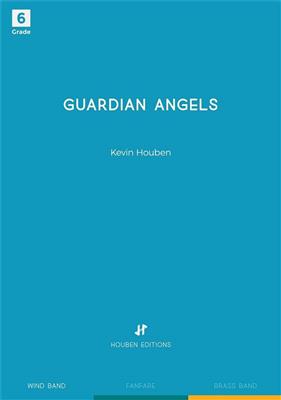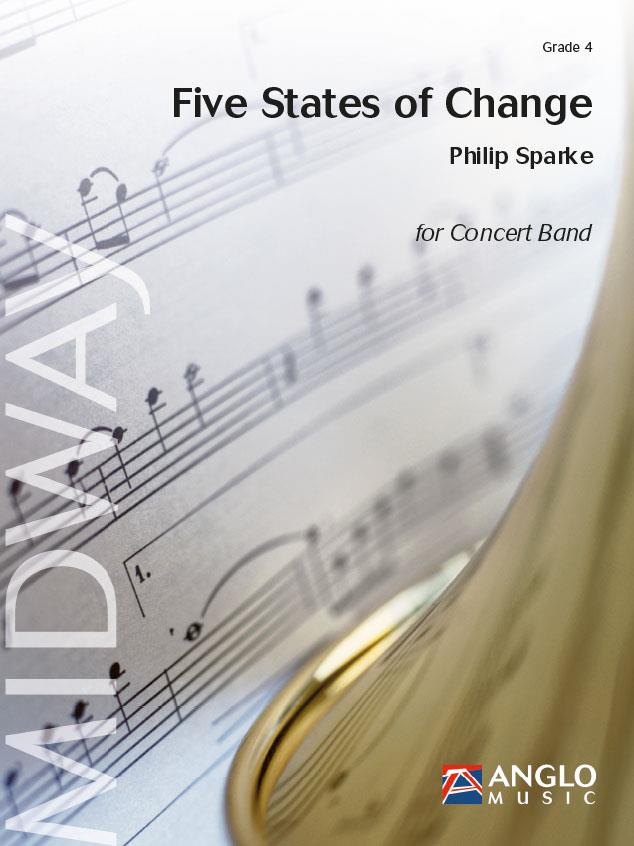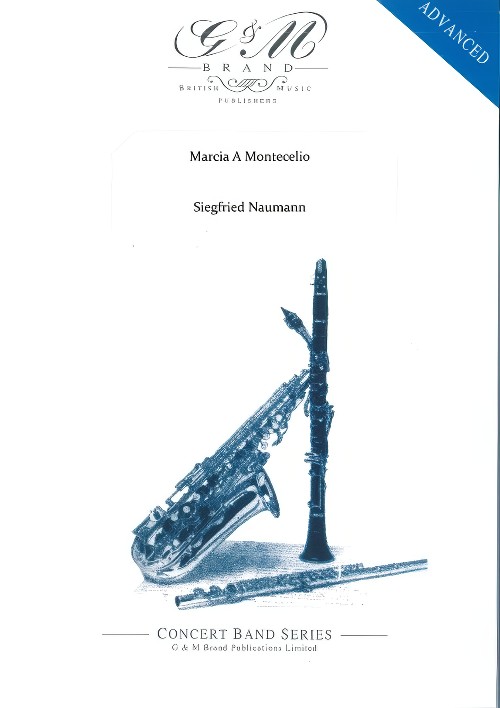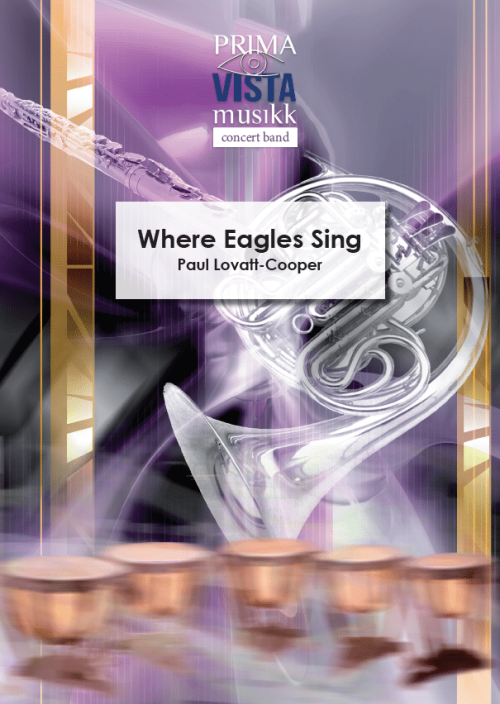Results
-
 £95.99
£95.995 Tantum Ergo - Anton Bruckner
Anton Bruckner (b. 4.9.1824, Ansfelden, d. 11.10.1896, Vienna) didn't have it easy. Throughout his life, the Austrian composer was plagued by self-doubt. Anton Bruckner came from a simple, rural background. After the death of his father, he was accepted as a choirboy at the monastery of Sankt Florian in 1837. After several years as a school assistant and his own organ and piano studies, he first worked as organist in St. Florian, then from 1855 as cathedral organist in Linz. Introduced to music theory and instrumentation by Simon Sechter and Otto Kitzler, he discovered Richard Wagner as an artistic role model, whom he admired throughout his life and also visited several times in Bayreuth.In 1868 Anton Bruckner became professor of basso continuo, counterpoint and organ at the Vienna Conservatory; ten years later court organist; and in 1891 finally honorary doctor of the University of Vienna. He was considered an important organ virtuoso of his era, but had to wait a long time for recognition as a composer. It was not until Symphony No.7 in E major, composed between 1881 and 1883, with the famous Adagio written under the effects of Wagner's death, that he achieved the recognition he had hoped for, even if he was reluctant to accept it given his inclination towards scepticism and self-criticism.Anton Bruckner was a loner who did not want to follow a particular school or doctrine. He composed numerous sacred vocal works, such as his three masses, the Missa Solemnis in B flat minor (1854), the Te Deum (1881-84) and numerous motets. As a symphonic composer, he wrote a total of nine symphonies and many symphonic studies from 1863 onwards, tending to revise completed versions several times over. Bruckner's orchestral works were long considered unplayable, but in fact were merely exceptionally bold for the tonal language of their time, uniting traditions from Beethoven through Wagner to folk music, on the threshold between late Romanticism and Modernism.Hymns for four-part mixed choir a cappella (1846, St. Florian)No. 1 in E flat major (WAB 41/3): Quite SlowNo. 2 in C major (WAB 41/4): AndanteNo. 3 in B flat major (WAB 41/1): SlowNo. 4 in A flat major (WAB 41/2): SlowHymn for five-part (2 S, A, T, B) mixed choir and organNo. 5 in D major: SolemnlyThey are simple works, completely subordinate to their liturgical use, which nevertheless already show numerous characteristics of personal expression. These small pieces were able to stand up to the harsh scrutiny of the mature master: in 1888, Bruckner subjected them to a revision in which he made only minor corrections.
Estimated dispatch 7-14 working days
-
 £159.99
£159.99Guardian Angels - Kevin Houben
Guardian Angels gives a musical expression to the legend of Reverend Louis Henri Bhler referring to the use of Psalm 34.North-west Veluwe and in particular Oldebroek (The Netherlands) has a very rich religious tradition which is demonstrated by its monumental churches. They tell the story of a stirring history in which Reverend Bhler played a crucial role. Inspired by his arrival as a pastor in 1870 in the neighbouring Oosterwolde, two big religious communities came into existence with their characteristic churches but this rivalry also resulted in great social unrest.This composition reflects on this striking personality and in particular on the story of the Angel Guard.'One evening Reverend Bhler has given a sermon in Oldebroek and he walks over the Church path through the pastures to Oosterwolde. On this dark and stormy evening Bhler's opponents are waiting for the pastor in ambush. They want to drown him in a watercourse near the Church path but abandon their plan because Bhler is accompanied by two men. The next day it comes to an encounter between Bhler and his opponents. They repent their, fortunately unexecuted , plan. Bhler firmly believes that on the previous night he walked alone over the Church path, and was not accompanied by two men. It was concluded that it must have been the angels who had protected Bhler.'Psalm 34 is central to this composition and this because of its powerful melody but also because the lyrics of verse 4 of the rhymed version fit in well with the special legend of Reverend Bhler:The Lord's angel gathered round himAn invincible heavenly guard,Who tries God's will, around himSo he's well guard(ed)A second melodious and harmonic cell is a musical transformation of the name 'Bhler'. This cell is varied in major and minor third chords and sometimes used as the main idea or apotheosis, but also serves as an accompanying cell or as a bridge between other melodic and rhythmic constructions.The composition was made possible by contributions of: Mr Evert van de Poll, owner of the Van Gelder Groep, Het Prins Bernhard Cultuurfonds Gelderland en Het Feteris Oosterbaan Fonds.
Estimated dispatch 7-14 working days
-
£59.95
Where Eagles Sing - Paul Lovatt-Cooper
The inspiration for this piece came when the composer visited Florida and the Bird Sanctuary in Walt Disney World's Animal Kingdom. He was in the audience to see the rare bird's show where he witnessed some fabulous looking and endangered birds that were trained to perform different tricks that wowed the audience. The highlight for him was the conclusion of the show where the most awesome sight greeted us as an American Bald Eagle soared over the audience. That particular breed of Eagle has been a very rare bird of late. With so few in numbers, it nearly became a member of the sad group of animals that are extinct.The host of the show took great delight in informing the audience that the fantastic creature is now officially safe and no longer classed as endangered. This made a great impact on the composer as the Eagle is an amazing bird, huge in size and power and yet so graceful in flight. This piece is everything associated with the Eagle; bold, powerful and graceful and now free to soar and sing in the American homelands.Where Eagles Sing has been hugely successful as a curtain-raiser (or finale) with brass bands around the world and it is hoped that this version for wind band will be just as popular.
Estimated dispatch 7-14 working days
-
 £183.99
£183.99Five States of Change (Concert Band - Score and Parts) - Sparke, Philip
Five States of Change was commissioned by Kunstfactor for the 4th section of the Dutch National Brass Band Championships (NBK) 2011. It is dedicated to Jappie Dijkstra and the Music Information Centre (MUI), Arnhem, Holland, in acknowledgement of their outstanding work in developing band repertoire.The composer writes:The idea for the piece came when I was reading an article about a branch of Chinese philosophy which is abbreviated as Wu Xing*, which has no exact translation but can mean, for example, five elements, five phases or five states of change. It is central to all elements of Chinese thought, including science, philosophy, medicine and astrology, and in simple terms tries to create various cyclic relationships between five elements in all walks of life. An example is: Earth - Metal - Water - Wood - Fire - (Earth) etc. where (in one cycle) earth bears metal, metal changes to liquid (water) when heated, water helps trees grow, wood burns to create fire, fire produces ash (earth) and the cycle continues. I was particularly interested in the cycle of emotions:- Meditation - Sorrow - Fear - Anger - Joy - (Meditation) etc. and thought this cyclic principle would provide an effective emotional journey for a piece of music. So Five States of Change has five equal sections which loosely characterise this emotional cycle. I have tried to make the music grow organically, with minimal repetition, and each movement evolves from the musical elements at the end of the previous one, with the opening material appearing, transformed, at the end of the piece to complete the cycle.*in full Wu zhong liu xing zhi chi or the five types of chi dominating at different times.- Philip SparkeDuration: 12:15
Estimated dispatch 7-14 working days
-
 £74.95
£74.95Marcia A Montecelio (Concert Band - Score and Parts) - Naumann, Siegfried
Monticello is the name of a little place northeast of Rome where my wife and I have rented a simple home for more than 20 years. We participated intensively in the cultural life of the community where there was also a little band, the Banda Municipale Cornicolana, which consisted of about 55 wind players, mostly youngsters. One day, the "Il Direttore" came to me and asked if I would like to write a march for them, which I naturally did. It became the Marcia a Montecelio. After 14 rehearsals, with everyone tired, perspiring and red in the face, we were forced to give up. The march was too difficult for them. I then wrote another, easier march for them to perform at the forthcoming feast of San Michaeli. The Montecelio march was composed on pure inspiration in just two days. It is written in the Italian style - with a pinch of Sousa.
Estimated dispatch 7-14 working days
-
 £14.95
£14.95Marcia A Montecelio (Concert Band - Score Only) - Naumann, Siegfried
Monticello is the name of a little place northeast of Rome where my wife and I have rented a simple home for more than 20 years. We participated intensively in the cultural life of the community where there was also a little band, the Banda Municipale Cornicolana, which consisted of about 55 wind players, mostly youngsters. One day, the "Il Direttore" came to me and asked if I would like to write a march for them, which I naturally did. It became the Marcia a Montecelio. After 14 rehearsals, with everyone tired, perspiring and red in the face, we were forced to give up. The march was too difficult for them. I then wrote another, easier march for them to perform at the forthcoming feast of San Michaeli. The Montecelio march was composed on pure inspiration in just two days. It is written in the Italian style - with a pinch of Sousa.
Estimated dispatch 7-14 working days
-
 £75.24
£75.24Freedom Quest
A dramatic composition paying tribute to the many immigrants who came to this country through Ellis Island., it delivers a uniquely conceived sound that is full of brilliance and drive! Embodying the essence of freedom, it includes a beautiful and tender section that features solos for flute and trumpet as well as for the entire horn section. A stirring addition to any concert or festival performance! Sensational!
Estimated dispatch 7-14 working days
-
 £24.95
£24.95IT'S A LONG WAY TO TIPPERARY (Military Band: Unusual Instrumentation) - Douglas, Shipley
Marchcard size. Instrumentation: Flute/Piccolo in E flat only, Horns in E flat only, No Tenor Sax) "It's a Long Way to Tipperary" is a British music hall song written by Jack Judge and co-credited to, but not co-written by, Henry James "Harry" Williams. It was allegedly written for a 5 shilling bet in Stalybridge on 30 January 1912 and performed the next night at the local music hall. Judge's parents were Irish, and his grandparents came from Tipperary. It became popular among soldiers in the First World War and is remembered as a song of that war.
Estimated dispatch 7-14 working days
-
 £59.95
£59.95Where Eagles Sing (Concert Band - Score and Parts) - Lovatt-Cooper, Paul
The inspiration for this piece came when the composer visited Florida and the Bird Sanctuary in Walt Disney World's Animal Kingdom. He was in the audience to see the rare bird show where he witnessed some fabulous looking and endangered birds that were trained to perform different tricks that wowed the audience. The highlight for him was the conclusion of the show where the most awesome sight greeted us as an American Bald Eagle soared over the audience. That particular breed of Eagle has been a very rare bird of late. With so few in numbers, it nearly became a member of the sad group of animals that are extinct.The host of the show took great delight in informing the audience that the fantastic creature is now officially safe and no longer classed as endangered. This made a great impact on the composer as the Eagle is an amazing bird, huge in size and power and yet so graceful in flight. This piece is everything associated with the Eagle; bold, powerful and graceful and now free to soar and sing in the American homelands.Where Eagles Sing has been hugely successful as a curtain-raiser (or finale) with brass bands around the world and it is hoped that this version for concert band will be just as popular.Duration: 4.00
Estimated dispatch 7-14 working days
-
 £205.30
£205.30Mitt hjerte alltid vanker - Fantasi - Hans Adolph Brorson
This arrangement was commissioned by B3 (The Bergen Woodwind Ensemble). B3 is a large woodwind ensemble located in Bergen with a mix of professional and amateur players. My Heart Remains in Wonder is a well-known Christmas hymn in Scandinavia. I wanted my version to be different to the traditional hymn tune style in which it is normally performed. One day I was outside walking and this idea came to me: an ostinato-like, mechanical skeleton of arpeggio semiquavers on which I could 'hang' the melody. However, I also wanted to do the melody line a bit different. The inspiration for this comes from folk music and the way fiddlers hardly ever lift their bow off the strings when they play. Because of this, it is important that the melody is played in a very sostenuto style in this arrangement. The harmonies lie somewhere between jazz and folk music with a little nod towards Grieg (himself heavily influenced by folk music) in the slow middle section.
Estimated dispatch 7-14 working days
